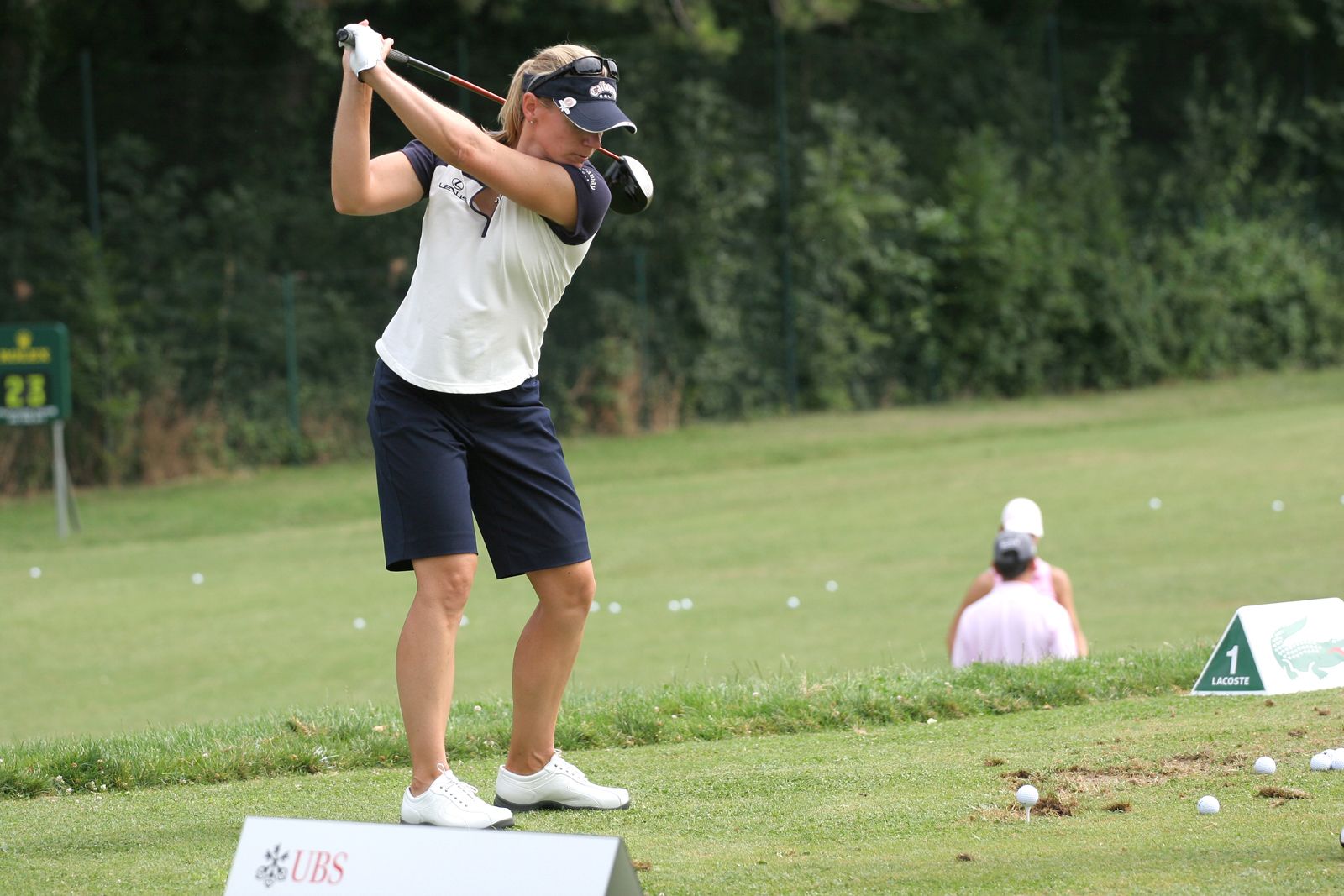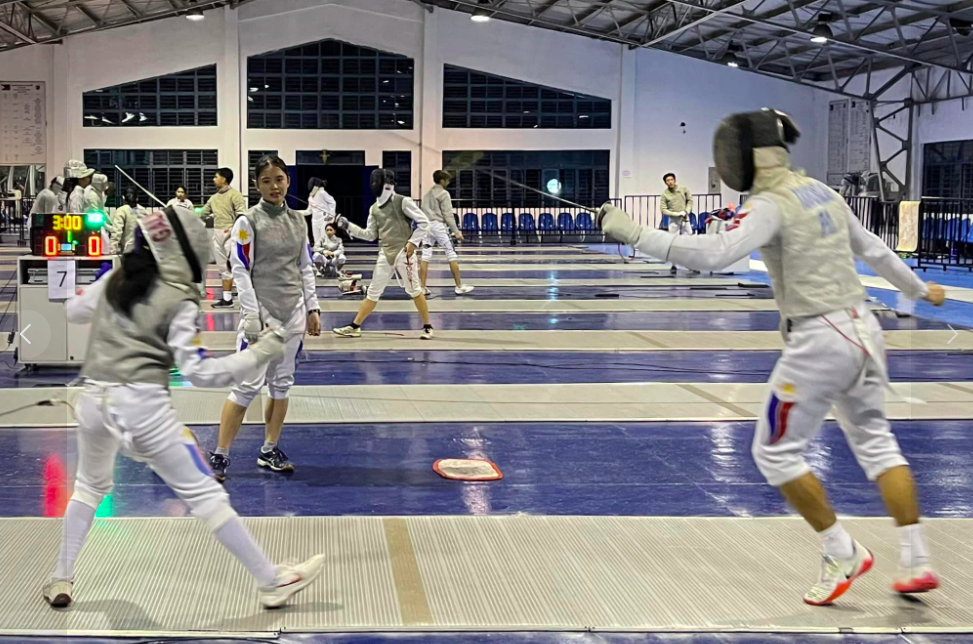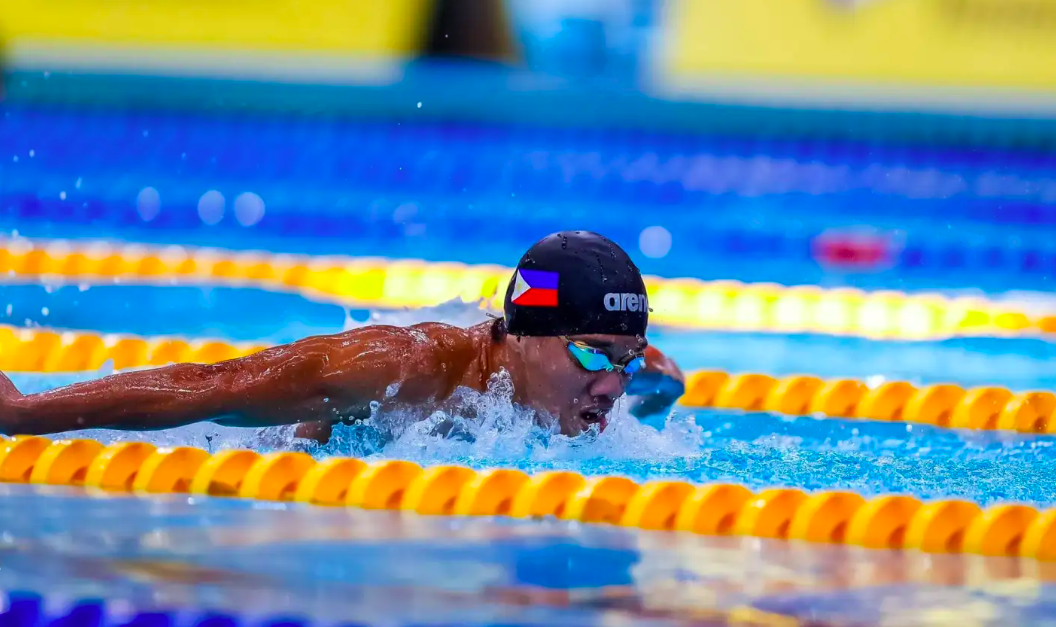Starting ’em young. Is there a guidebook?
TEN minutes before the bell. Most of the kids calmly walk through the school gates, greeting friends and exchanging notes. Young Wilt and Co., meanwhile, are already spent at 7 a.m. after several laps around the track and scrimmage on court. Michel, Johan, and 20 others are just getting out of the locker room after some drills on the pitch and now race to class. Bell rings at 4 p.m. and the young ones rush out. Before going home, a stop at the ice cream parlor for some, a stroll in the park for others. For Annika and Nolan, there’s work to be done in the weight room.


Blood, sweat, and tears
There was a young golfer who cried so hard after the final round in a tournament in a posh country club a few clicks away from our editorial office.
Tears of joy? Didn’t seem like it.
If I remember right, she bawled not after her final putt.
I think it was just a bit later, after meeting her team — dad, mom, coach, I’m not sure — on 18.
Pressure in sports does not only occur on the field.
It’s physical. It’s mental and emotional.
What’s the goal?
Is it the 10-second barrier? Course or track records? A starting spot on the team? Will a place in the nine-man rotation be enough?
As a one-footed player, I knew I had no shot at making varsity. But say I got in as the 22nd player, would my old man be pleased to see me riding the pine?
Playtime vs gametime
For the younger ones, gametime is mostly playtime. And gametime overseas could be playtime multiplied maybe thrice.
It is much different for those spending their hard-earned money.
As father of a competitive young fencer, sportswriter Waylon Galvez says goals must be set and made clear to the young athlete.


“Willa is turning 13 this year so what she’s doing now, what she is as a student/athlete is very clear to her. When she was starting then, however, at age 8-9 we just let her play, understand and enjoy the sport.
“When we were told of her potential, when she started to develop that competitive drive, that’s when these things came in – timeline and having goals. Through our guidance, we encouraged her to have goals to be achieved on certain timelines. First is to be part of the varsity team at Grade 7 – she’s set to play for University of the East in UAAP Season 86. Second is to be part of the national team, third is to get an athletic scholarship in college in the US and play in the NCAA. Fourth is to play in the Olympics.”
COMPETITION dates are set and targets are determined.
Goals and choices
But the big picture can be fuzzy. These are children.
For London-based Jules Merida, student-athlete life was fun until he hit a plateau as a high school swimmer.

“Yun na po yung mahirap. ’Yun yung gusto mo na mag-try ng iba,” said the former San Beda Alabang swimmer.
He has no regrets, having given his all, but rues not being given all the information he needed about the process.
Commitment, time.
Now an upcoming culinarian who also dabbles as a DJ in the UK, Merida still believes sport will make a big impact on kids’ life choices.
“Yung time and dedication. Mag-iimprove sila (young athletes) partly because of the coach. Pero mostly nasa iyo rin manggagaling yung improvement. Ganun din ako sa kitchen, ganun din sa skills sa music.”
Is there a guidebook?
What are the limits, physically and mentally?
What are the signs for teams to hit the brakes? Muscular tension, emotional stress?
Not enjoying?
Behavioral changes?
It has been decades since Little League, based in Pennsylvania, established its pitch count guidelines, limiting action for pitchers by age group.
The Nationwide Children’s Hospital in the US has distance recommendations for young runners.
Is there a guidebook for Filipino kids?
Stymied by injury, how do Pinoy children and his or her team cope with lengthy layoffs?
Timely breaks
“Ginagawa ko sa mga burnout pinag-cross training ko nilalabas ko sa daily routine nya,” says University of the East fencing coach Amat Canlas.
“Tapos more on motivation. Bawas load resting din and okay din pakausap sa sports psychology.”
A medalist in the country and overseas, 12-year-old Willa Liana Galvez says she recognizes career obstacles. Eyes on the prize says the seventh-grader.
“Training is really tough but whenever I feel tired, I just think of my goals and keep pushing. It’s only by training … repetition, that’s the only way to improve my skills.”
Her team — coaches and parents —helped her understand the goals early, and that now “the word ‘quit’ is not in my system.”
“There were times I didn’t make the podium, but my mindset was to go back to the gym and keep on improving.”







